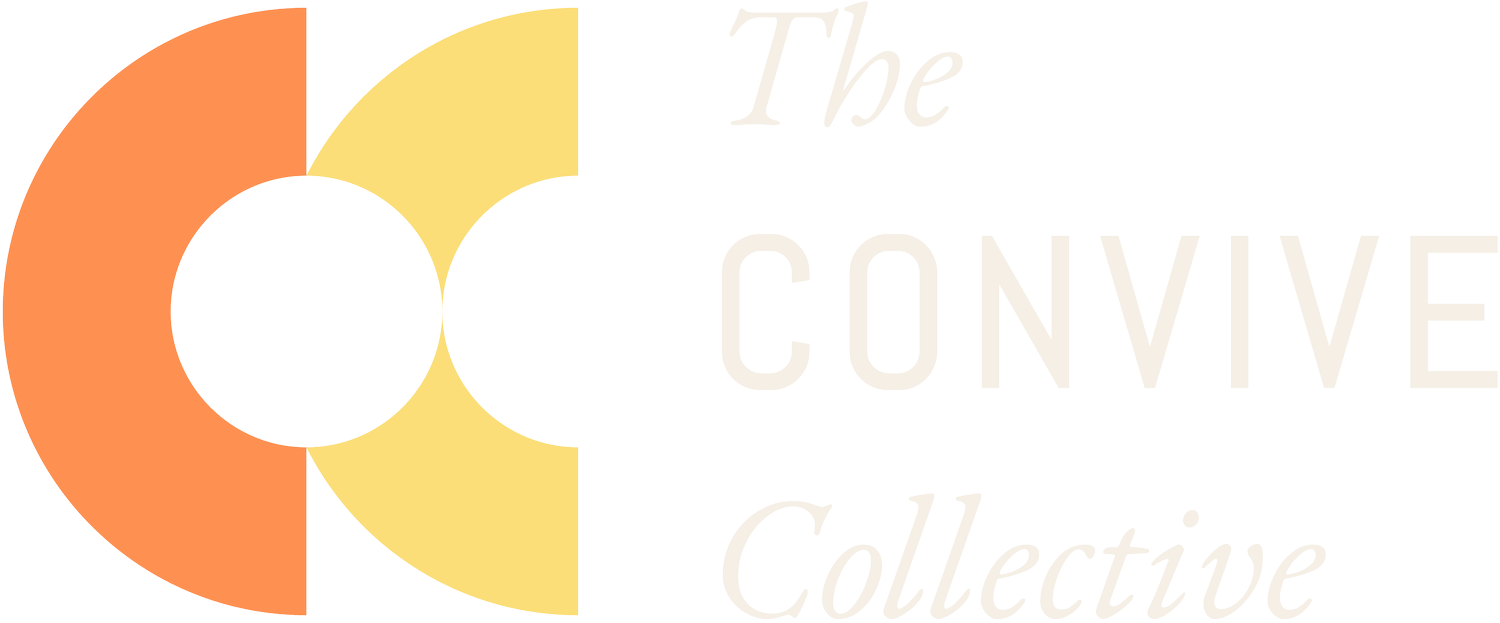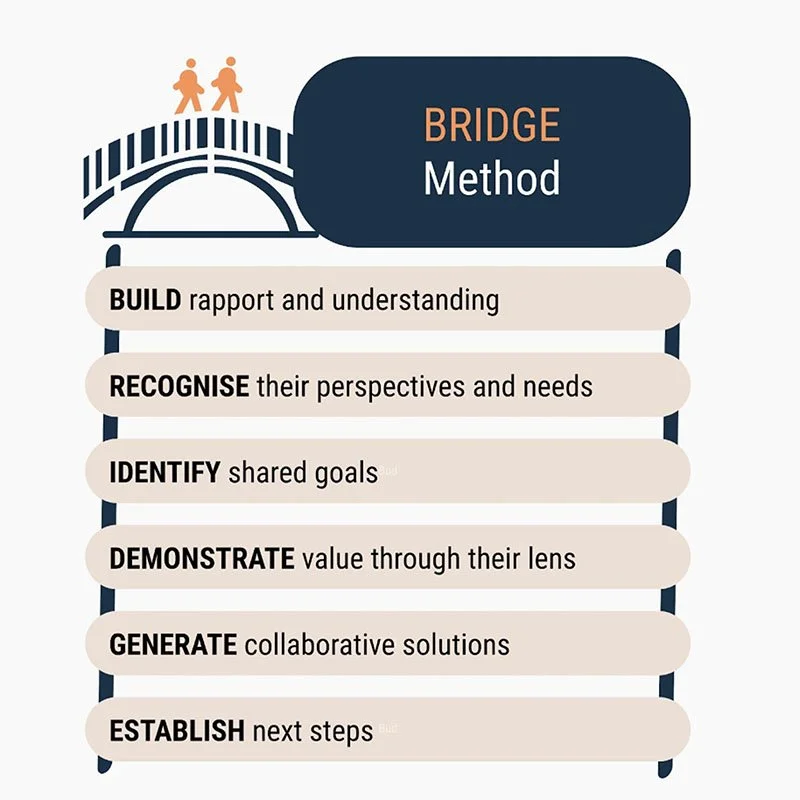Get Leadership Buy-in for Learning: Here’s How We Convinced Elliot, the "Everyone is Always Learning" Senior Lead
Written by: Monalisa Salib and Ashley Dresser, The Convive CollectiveBack by popular demand!
We’ve been introducing some of the most common resistors to intentional, systematic learning in philanthropy—and how you, as a learning professional, can bridge the gap between what they need and what you offer.
Our past examples have sparked real transformation. For example :
Luisa the Team Lead went from believing “Learning is a Luxury” to “Learning Helps Me Lead”
Tara shifted from the “Tight on Resources” Executive Director to “Time Well Spent”.
We thought we’d covered everyone—until one of our newsletter readers (subscribe below if you haven’t already) pointed out a missing archetype: Elliot, the “Everyone is Always Learning” Senior Lead. As you’ll see, he can indeed slip below the radar because of his pro-learning stance, but our readers are highly discerning. Thank you, reader who will remain anonymous!
So let’s get to it.
Meet Elliot.
Elliot is a stealth resistor. He’s pro-learning, but skeptical of anything formal. He sees learning as something that happens constantly and naturally- in hallway chats, Teams chats, Slack threads, and through real-time problem solving. (And he’s not wrong!)
Worst of all? He’s incredibly friendly, thoughtful, and hard to argue with.
Let’s say you’re proposing an annual, foundation-wide “Looking Back and Learning” session to break staff out of their programmatic siloes. Many teams are struggling with similar challenges across geographic and technical boundaries, and would benefit from sharing and generating solutions that improve their work.
You believe there is real potential for peer learning—but Elliott is skeptical:
“I love that you’re thinking about learning - it’s literally happening all around us, all the time! And you know I’m a big proponent of learning, but foundation-wide sessions kind of miss the point. It feels so... artificial. Learning happens when it happens, you know? It flows naturally when people need it. Some of our best insights come from those random Zoom conversations or when someone’s struggling with a real problem and reaches out. Why would we want to box that into scheduled sessions when we know that inspiration and curiosity work best when they’re unforced?”
Elliot’s right—to a point. Learning is always happening. But a little structure can give staff the time and space to tap into and share deeper insights, while ensuring those organic moments don’t stay isolated in private conversations.
So how do you engage Elliot constructively and shift him from “Everyone is Always Learning” to Elliot “A Little Structure Goes A Long Way?”
Try the BRIDGE Method
As with our other archetypes, the BRIDGE Method helps you engage constructively—by validating Elliot’s perspective and co-creating an experience that still feels natural and energizing.
B - Build Rapport & Understanding: "Your commitment to authentic, curiosity-driven learning really resonates - that's exactly the energy we want for our sessions."
R - Recognize Their Perspective: "I agree with you that the best learning often happens in those spontaneous moments when someone is stuck on a problem or really curious about something.”
I - Identify Shared Goals: "We both want learning to feel natural and relevant, not forced or academic."
D - Demonstrate Value: "What if these sessions could create more of those organic moments you value? We’ll be giving people from different teams a chance to connect and more time for those 'aha' conversations to happen…"
G - Generate Collaboration: "Could we design sessions that feel more like facilitated and fun peer exchanges rather than something stuffy or formal - maybe starting with real challenges people are facing right now. I think your feedback will be invaluable to keeping the experience authentic.”
E - Establish Next Steps: "In your view, what would make these sessions feel energizing instead of artificial?"
Shifting mindsets in organisations can be challenging, and often comes down to having one good conversation at a time. We hope the BRIDGE method gives you the tools to make those conversations count—and to turn even the friendliest skeptics into champions for intentional, collective learning.
Want more?
📬 Sign up for our newsletter below for updates, resources, and insights.
🎓 Join our Learning in Philanthropy Cohort—where this learning experience was first developed. To get on the waitlist, share your contact info with Ashley Dresser.
🤝 Ready to go further? Contact us to support your journey to becoming a more effective learning philanthropy.



